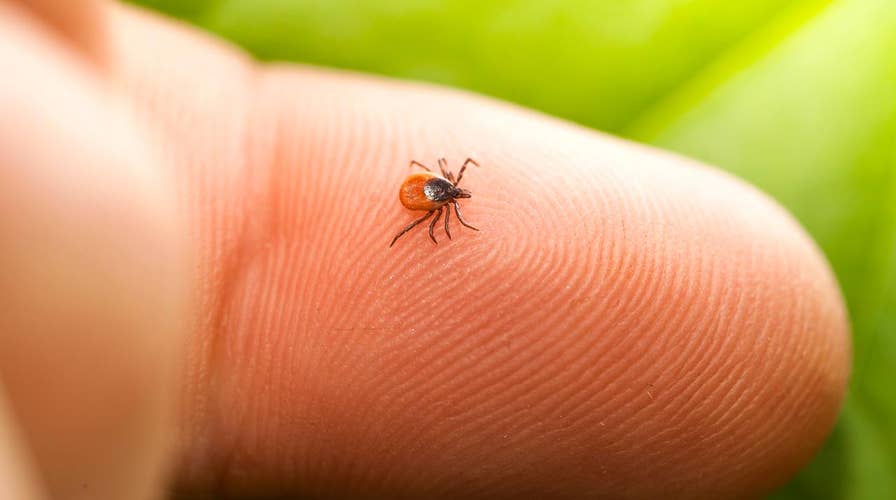What is Powassan disease?
A rare and life-threatening tick-borne virus is worrying doctors. What is Powassan disease and how can you keep yourself safe?
Maine confirmed the first case of Powassan virus this year in a midcoastal resident who was hospitalized due to the illness. According to a health advisory, the resident, whose age and exact location were not revealed, exhibited symptoms of the illness in June.
Officials did not say what the patient’s current health status is.
"This individual likely acquired this Powassan encephalitis infection in the state of Maine," the health advisory said. "There are two types of Powassan virus in the United States. The first type, often called lineage 1 Powassan virus is associated with Ixodes cookei or the woodchuck tick. Lineage 2 POW, sometimes called Deer tick virus, is associated with Ixodes scapularis or the deer tick."
CONNECTICUT CONFIRMS 2 POWASSAN VIRUS INFECTIONS: WHAT TO KNOW ABOUT TICK-BORNE ILLNESS
Both types can cause human disease, although the advisory did not specify which the resident had contracted. Officials said clinicians should be aware of the potential for human arboviral disease activity in the state, and to consider testing in patients presenting with unexplained encephalitis, meningitis or high fever during the summer and fall.
It was not clear what type of symptoms the individual was exhibiting, but in addition to fever, symptoms may include vomiting, headache, weakness, confusion, loss of coordination, difficulty speaking or even seizures.
WHICH COVID-19 VARIANTS ARE CIRCULATING IN US?
Symptoms may occur between one week and one month following a tick bite, according to the Centers for Disease Control and Prevention (CDC). There is no medication to treat Powassan virus, and those with severe disease will often require hospitalization to receive support for breathing, staying hydrated or reduced swelling in the brain.
Of those who develop severe disease, approximately one in 10 die, while about half have long-term health problems.
CLICK HERE TO GET THE FOX NEWS APP
Connecticut has also reported cases this year, with health officials earlier this month confirming that two had occurred so far in 2021. Both cases involved patients between 50-79 years of age who fell ill during the third week of April and required hospitalization.





















